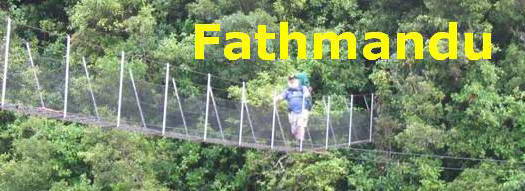14-21 November 2009
Norfolk Island Adventure
page 3
Another wild lemon and the slightly odd sensation persists. This is not your everyday forest.
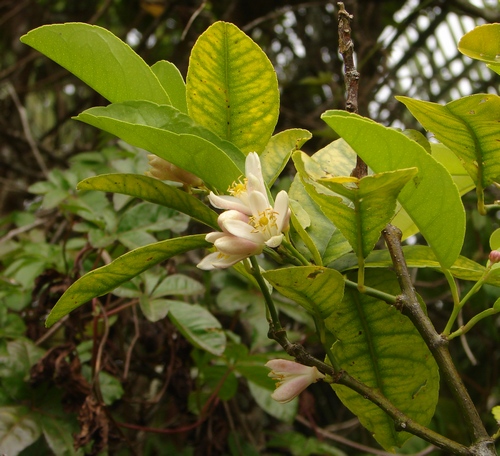
And a wild peach. Ricky Quintal, a friend of Bonny's, told us that when he was a boy there were wild fruit to be had everywhere on the island, but not so any more.
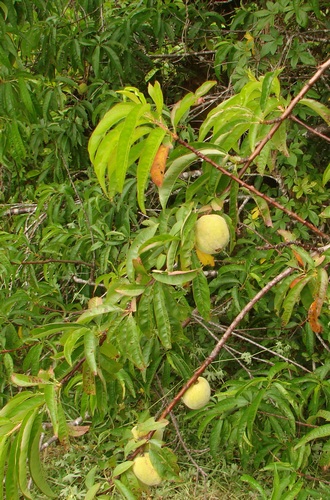
I haven't identified this one, but it certainly looks exotic and slightly tropical.
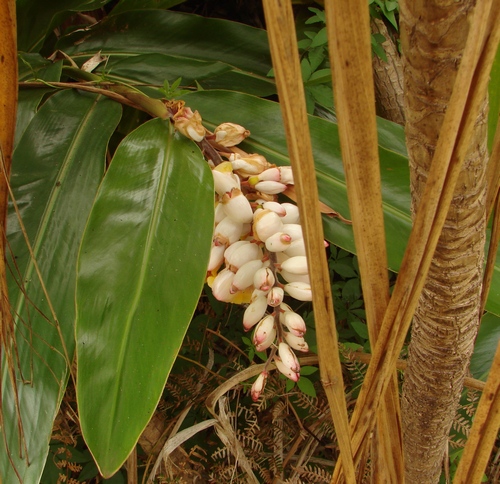
We're approaching a junction. If I turn right here that takes me back down to the Mt Pitt road, but just for now, I head on towards Mt Bates.
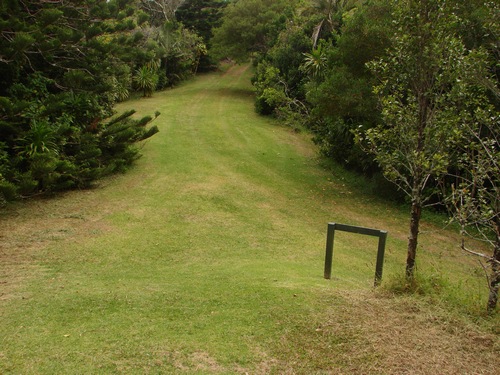
Down below we can see the intensively farmed Anson Bay area. The units are small. On a farm we visited the bull led a fairly contented life with 15 cows, all beef producers, a mix of limousin and shorthorn, and is loaned out as needed.
There is no locally produced fresh milk for sale on Norfolk Island. Fresh milk flown in from New Zealand sells at $6 per litre. Australian regulations would require a pasteurisation plant totally beyond the capacity of the island, so only a few dairy cows are kept, for home milk consumption. Cattle roam at large around the island roads and unfenced areas, their ownership identified by ear tags.
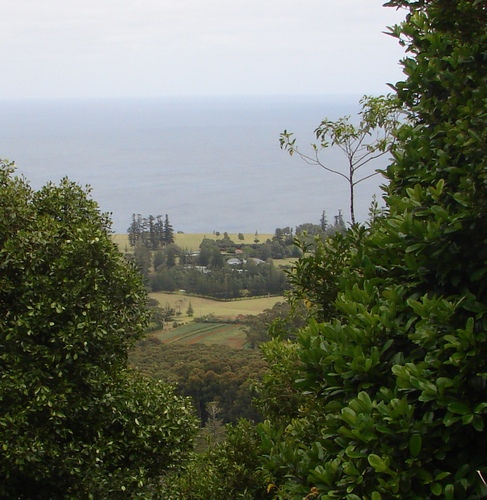
We head uphill toward Mt Bates.

The wheel tracks are made by administration vehicles coming up the Mt Bates track.
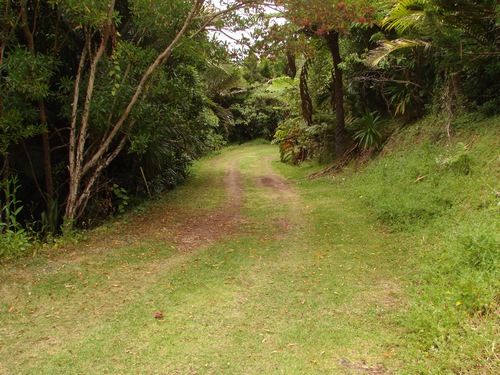
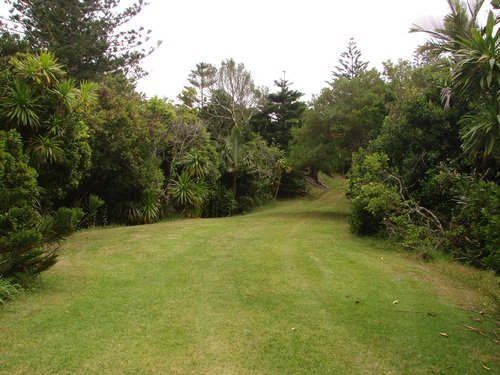
This is the narrow leaved meryta, M. angustafolia, from the same root that gives us "anguish"
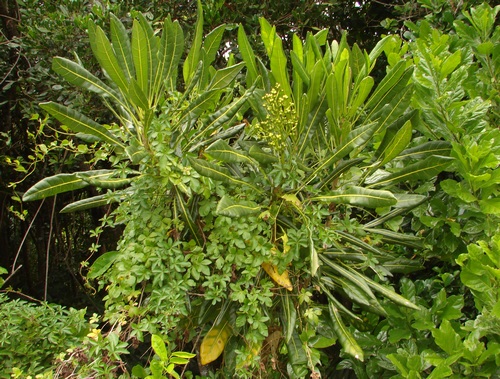
There's a vine I haven't identified with stout woody habit, and a large green fruit, about the size of a passionfruit. Later on I find a fruit that has ripened and browned off and it is full of dust and seed.
I continue my stroll along a gradual rise
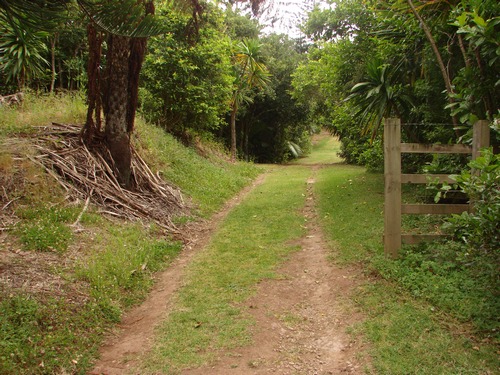
and we reach another junction, these tracks heading off on longer treks which unfortunately I shall not have time to investigate.
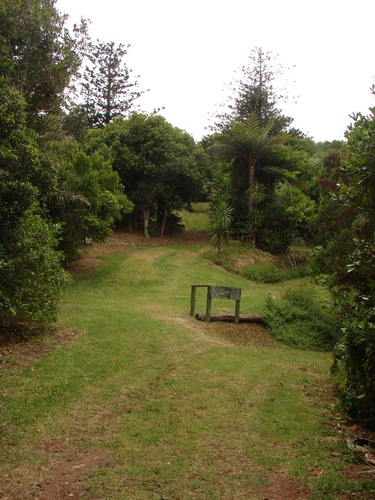
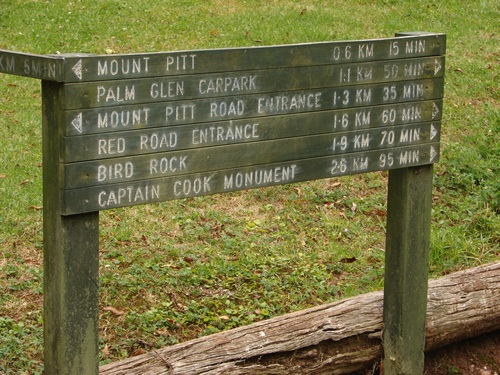
and here is another cousin, a subspecies of the New Zealand kawakawa, Macropiper excelsum subsp psittacorum.
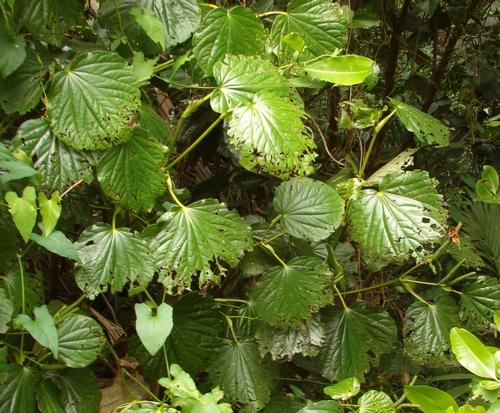
One thing is clear. It is still a palatable food source in Norfolk as it is in New Zealand.
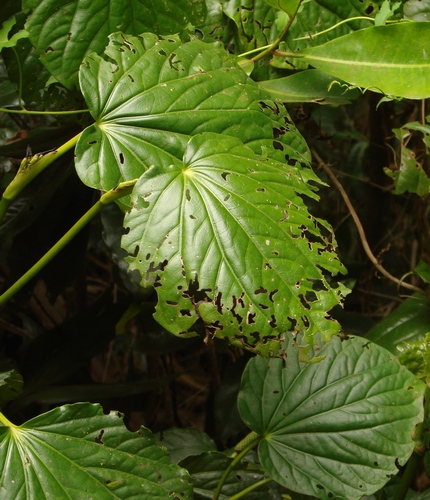
What I take for a weed initially is not.
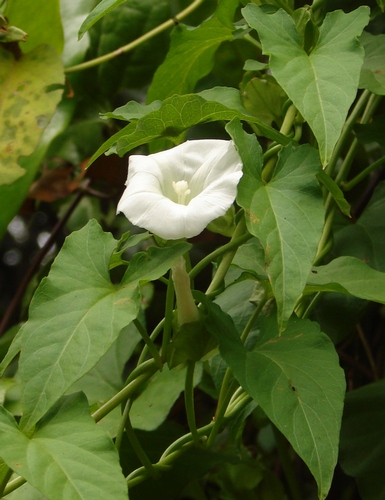
Calystegia affinis, the White Bindweed, another plant listed as critically endangered. This one looks healthy enough, and once the weed status which its bindweed appearance gives it has been lifted, I begin to appreciate its beauty.
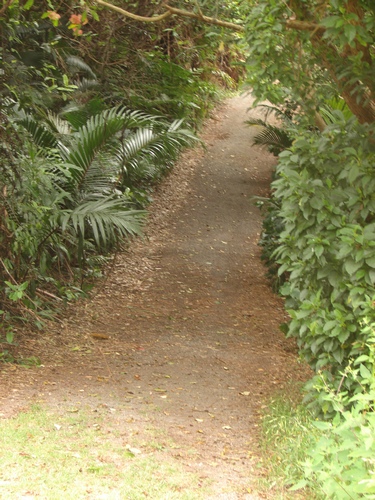
Now we start to climb a little more steeply. The parks administration has a great faith in ropes on the steeper sections.
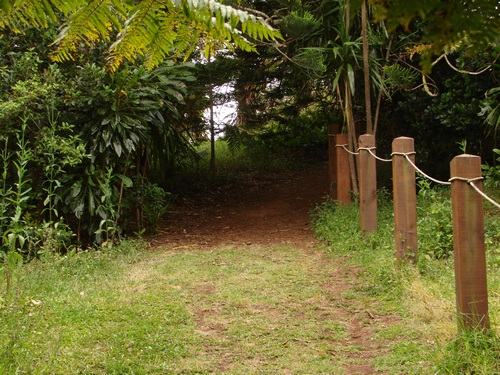
A large treefern, Cyathea brownii, silhouettes against the sky.
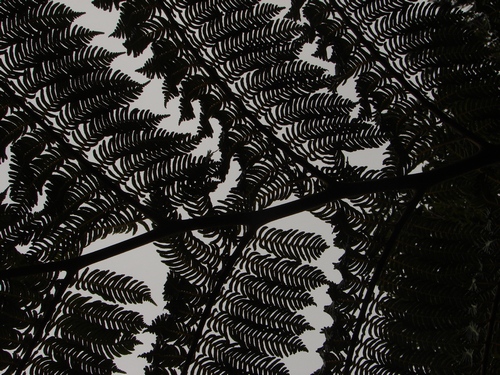
and here we are. Around to the left we climb a little further to a lookout post.
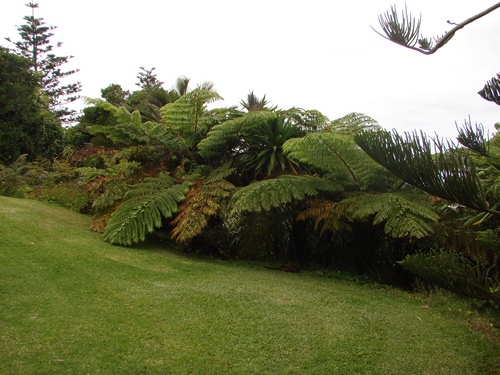
|
